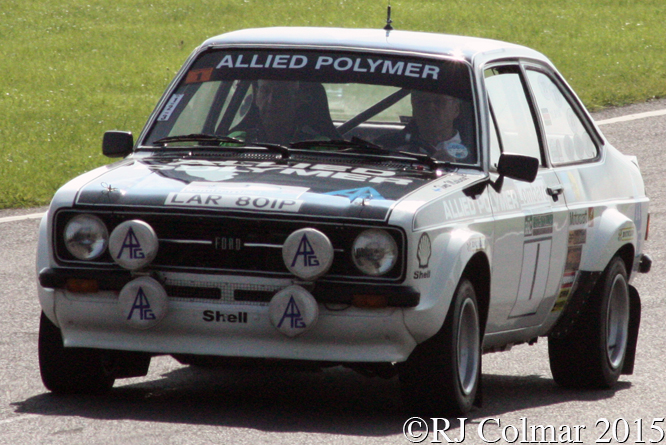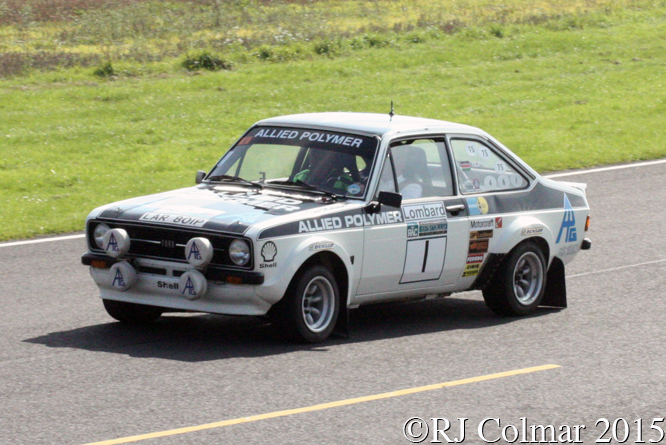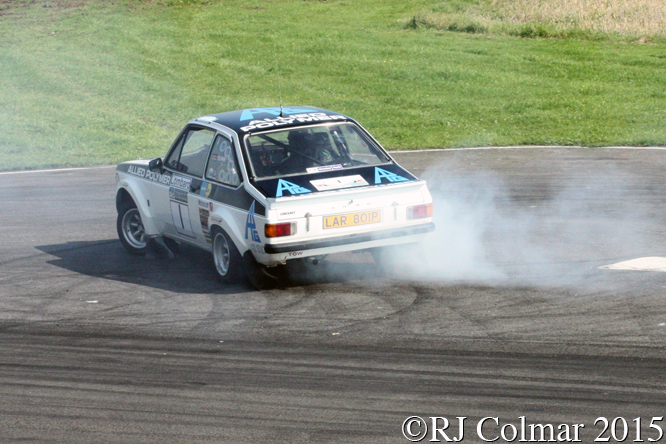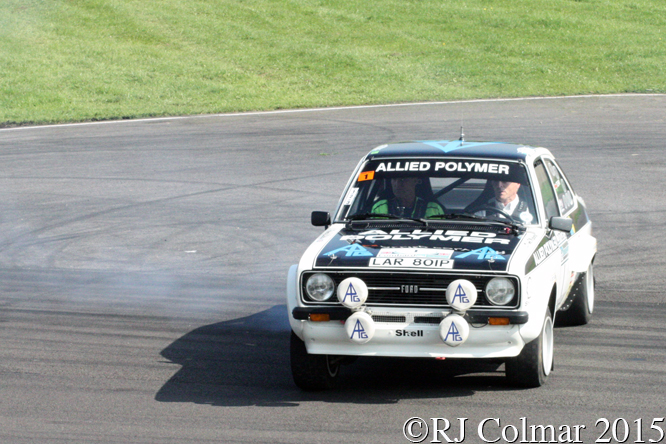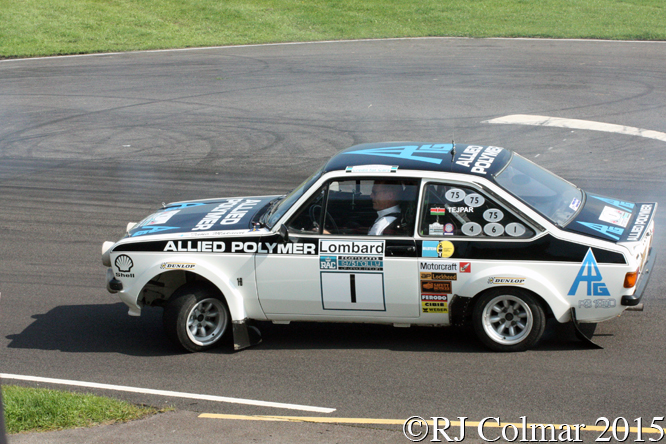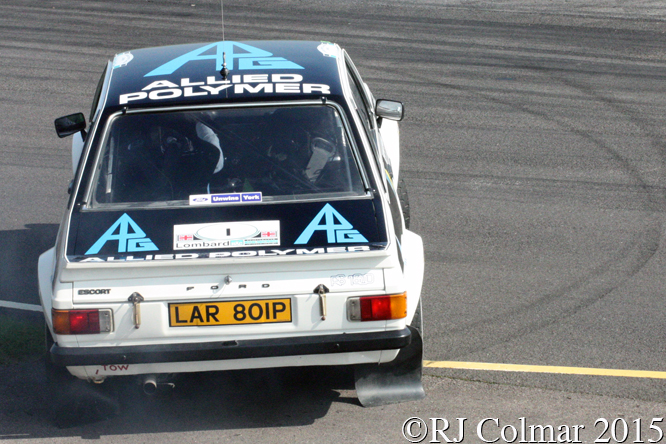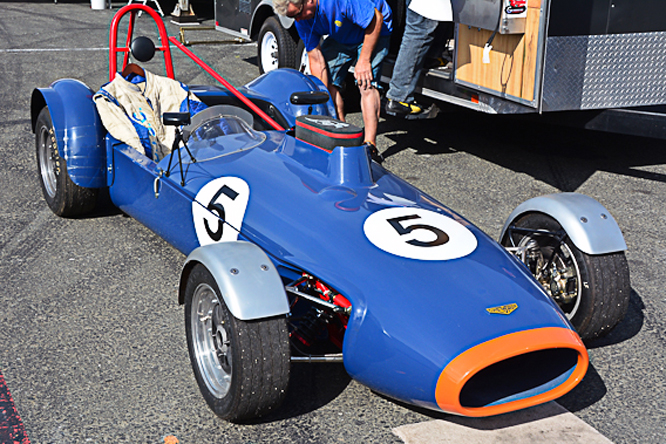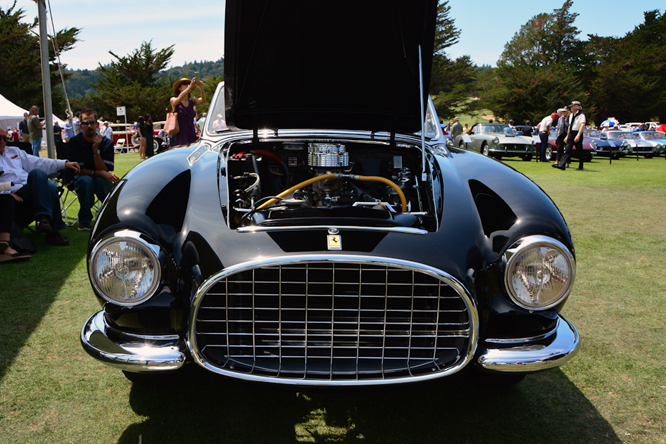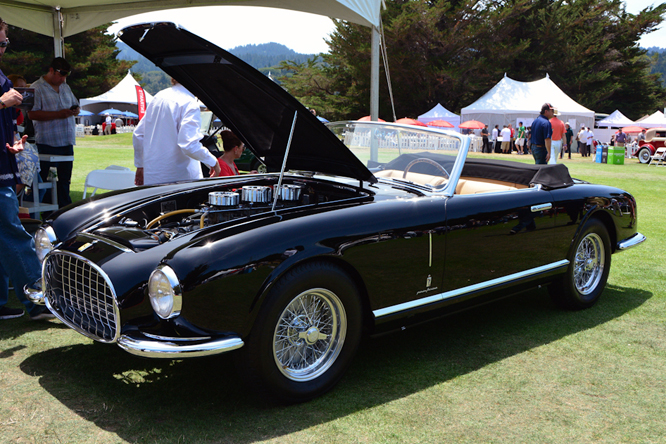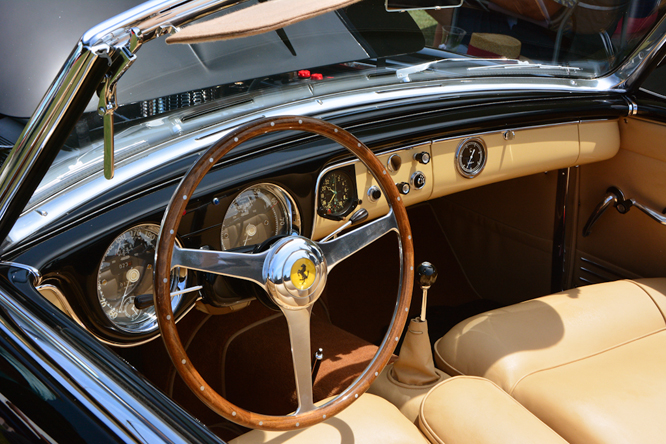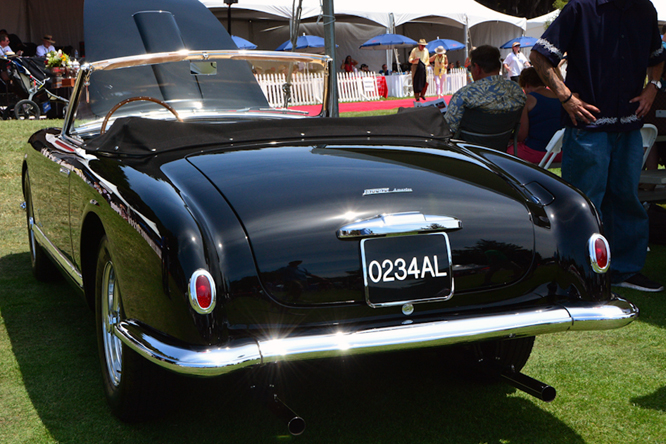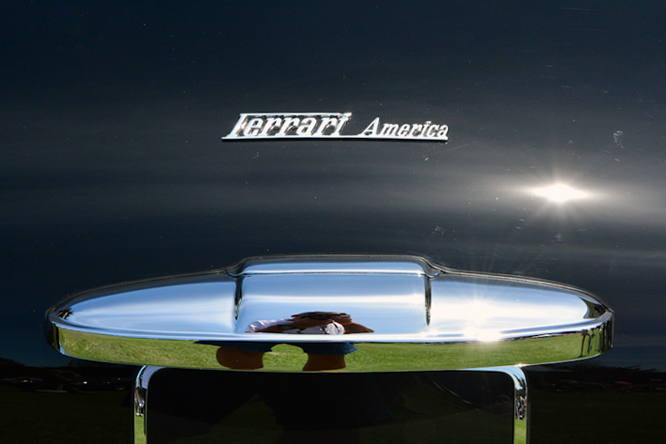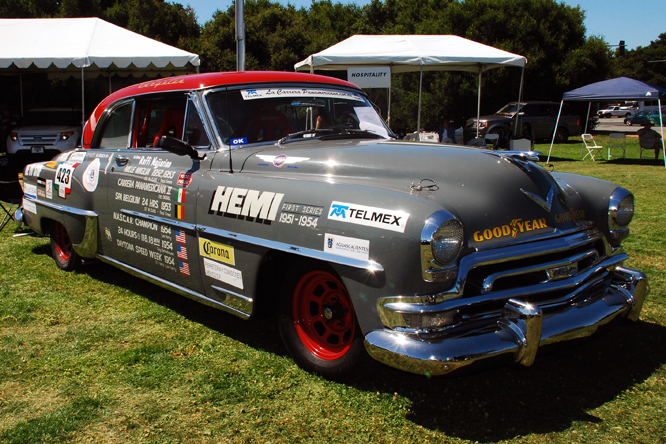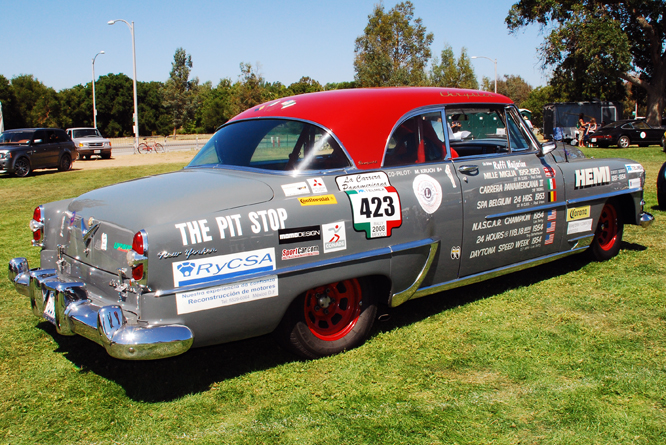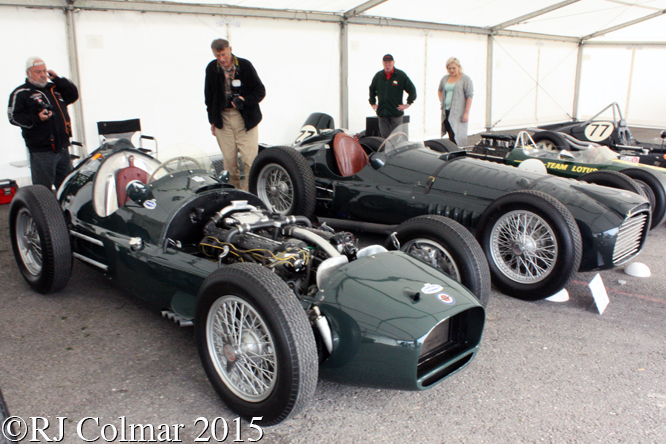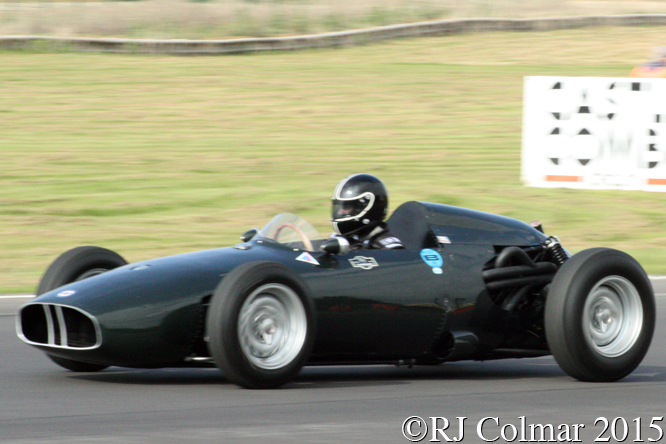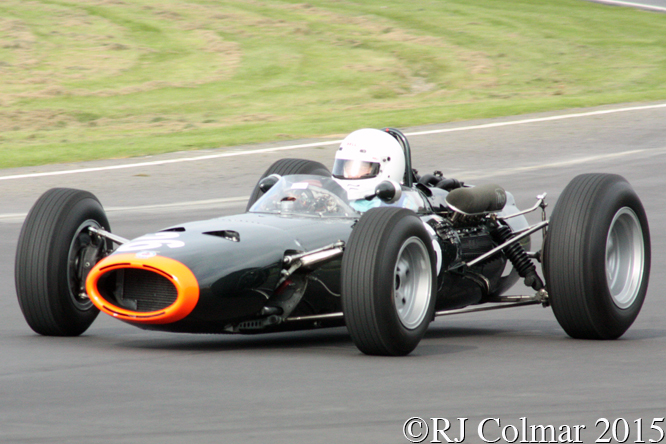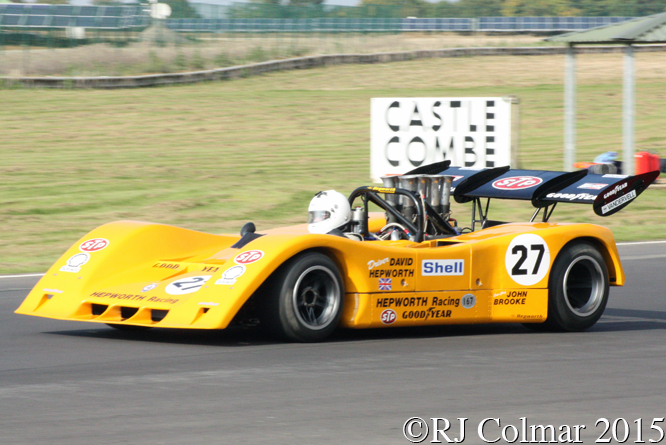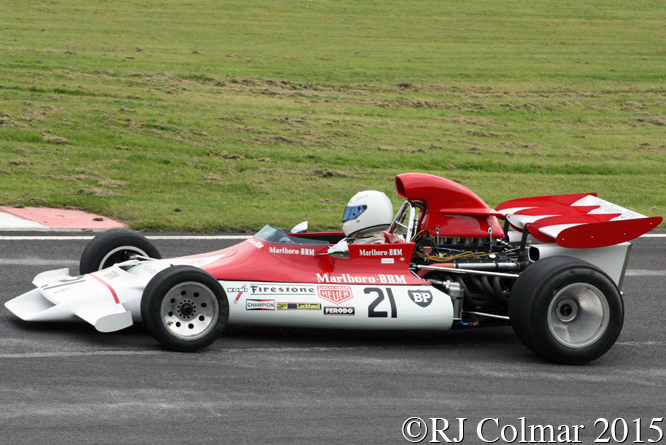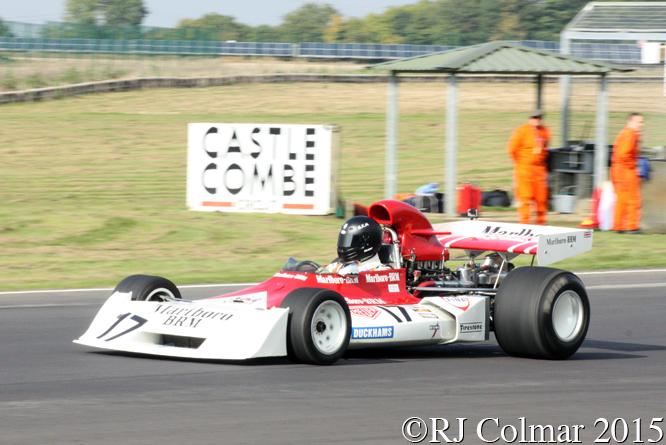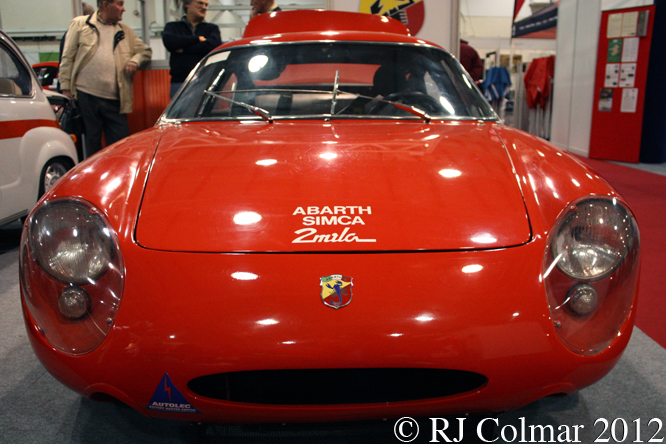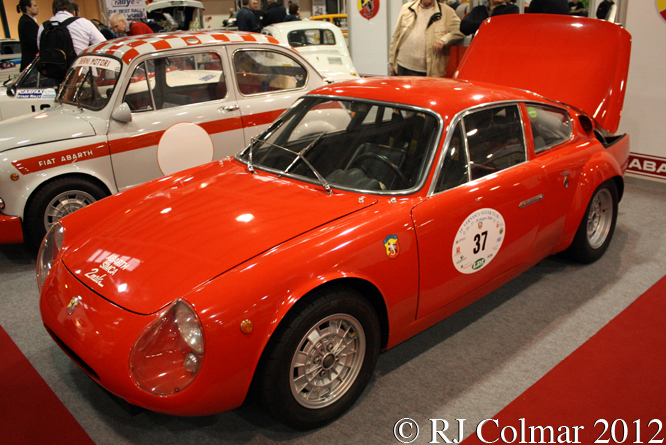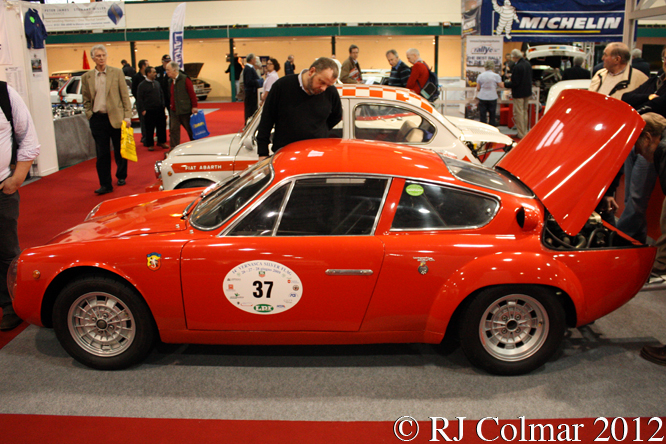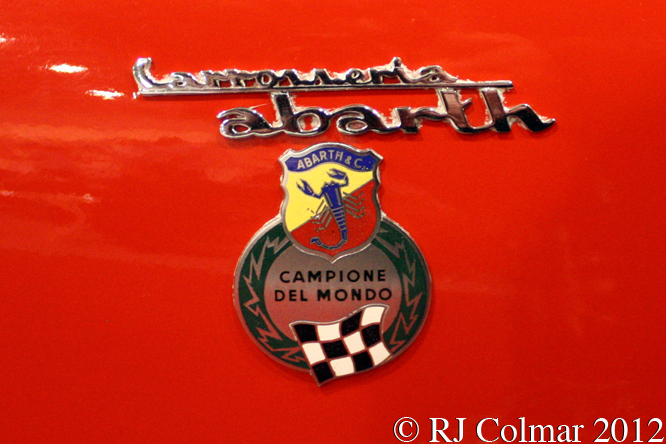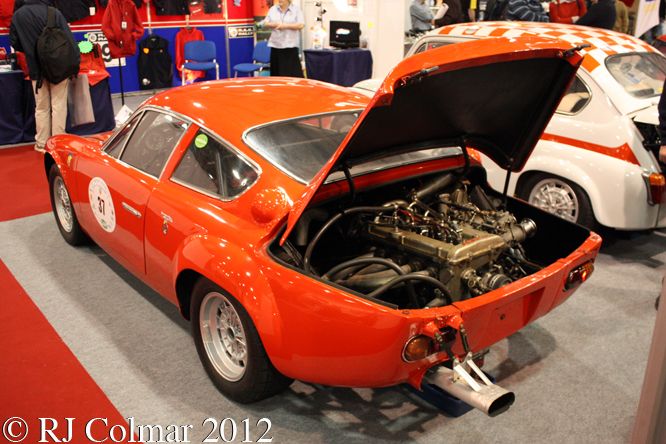The original of today’s featured 1928 Mercedes Benz 36/220, Charles Gerald Brocklebank, is known to have competed with a Mathis in pre-World War 1 Oxford University Motor Club speed trials. After serving through out the 1914-18 war as a Captain with the Royal Engineers for which he was decorated with 1914 Star, Military Cross and Médaille militaire he forged a successful career as a broker in the City of London.
C.G., as he was often referred to in the contemporary press, also tuned a Schneider raising it’s top speed from 55 mph to 72 mph before buying a 1913 Grand Prix Peugeot which he named “Laura”.
He was to accompany Captain James Algernon Toop, formerly of Home Counties Divisional Supply, as passenger aboard the Peugeot for a race at Brooklands in 1924, but elected not to in order to save weight, Capt. Toop was killed while racing for lead when the Peugeot went over the Brooklands banking.
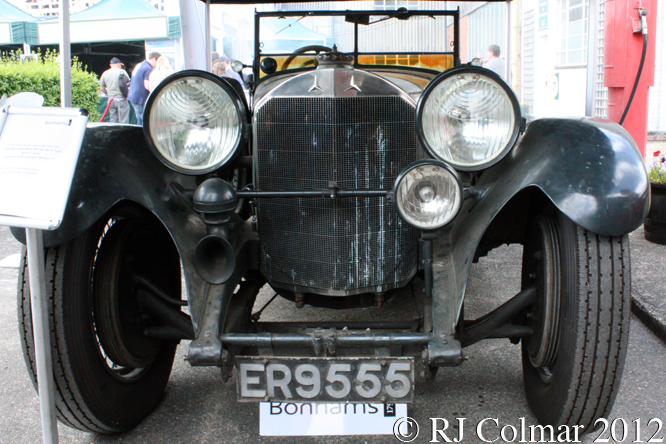
C.G. Brocklebank also briefly owned the 1914 Mercedes Benz with which Christian Lautenschlager won the 1914 French Grand Prix.
On the 28th of February 1928 C.G. ordered today’s featured Mercedes Benz 36/220, it was delivered sans body on April 13th the same year for Cadogan Motors Ltd. to create and fit the lightweight fabric-skinned body.
#35906 was registered for the road in the UK on the 22nd of May 1928 and C.G. had a tailor made motor house erected to accommodate it at his property Giffords Hall, Stoke-by-Nayland, Suffolk.
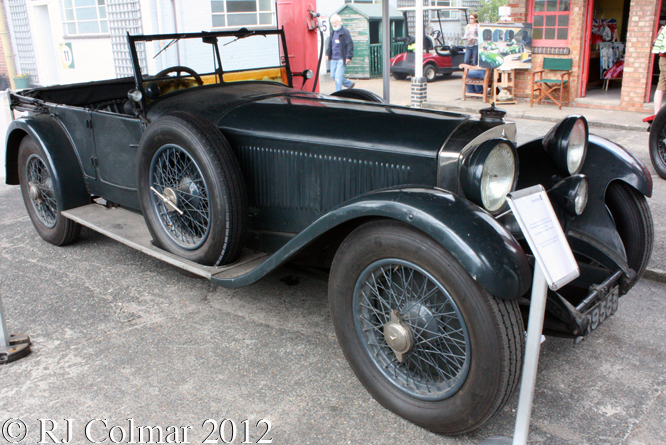
Upon his death in 1940 C.G Brocklebank’s son inherited the car and kept it in the same tailor made motor house where it remained until C.G Brocklebank’s grandson inherited it.
When the grandson disposed of #35906 in 2012, after 84 years ownership in a single family, it was still in running condition showing just 8,375 “probably genuine” miles on the clock, the car is seen in these photographs at the Brooklands Double 12 meeting prior to it’s sale at auction for £2,801,500 including buyers premium.
My thanks to Tim Murray and Richard “Vitesse 2” Armstrong at The Nostalgia Forum for helping me to identify C.G. Brocklebank as the original owner of today’s featured car.
Thanks for joining me on this “Tailor Made Motor House” edition of “Gettin’ a li’l psycho on tyres” I hope you will join me again tomorrow when I’ll be looking at a Matra Simca. Don’t forget to come back now !


